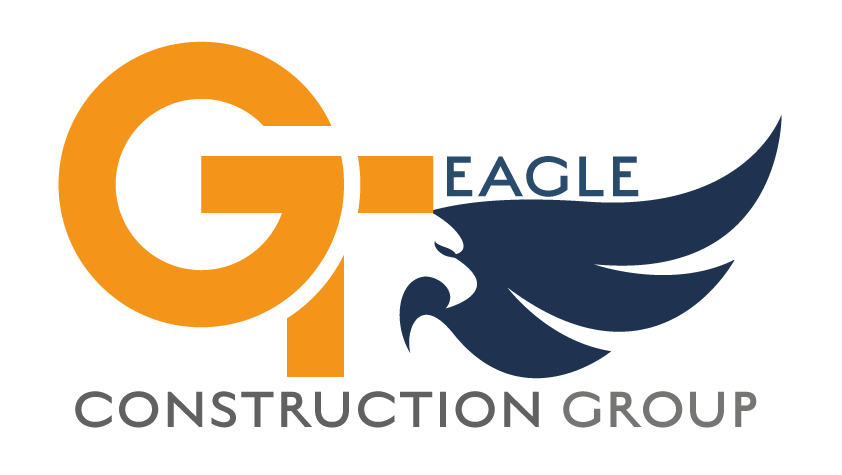A Comprehensive Guide to Surface Preparation Techniques
Sandblasting and dry blasting are two common surface preparation techniques used in various industrial applications. Both techniques involve the use of abrasive materials to clean and prepare surfaces for coating, painting, or other finishing processes. However, there are significant differences between these two methods in terms of the type of abrasive material used, the blasting process, and the resulting surface finish. In this article, we will explore the differences between sandblasting and dry blasting, and when to use each technique.
What is Sandblasting?
Sandblasting is a surface preparation technique that involves blasting a surface with a high-pressure stream of abrasive particles to remove coatings, rust, and other surface contaminants. The abrasive particles used in sandblasting are typically made of silica sand, garnet, aluminum oxide, or other similar materials.
The sandblasting process involves using compressed air or water to propel the abrasive particles onto the surface being treated. The high-pressure stream of abrasive particles works to break down the surface contaminants and remove them from the surface. This process can create a rough, textured surface that is ideal for coating or painting.
What is Dry Blasting?
Dry blasting is a surface preparation technique that involves blasting a surface with an abrasive material to remove coatings, rust, and other surface contaminants. However, unlike sandblasting, dry blasting does not use any liquid media in the process. Instead, dry blasting uses compressed air to propel the abrasive material onto the surface being treated.
The abrasive material used in dry blasting can be any of the same materials used in sandblasting, including silica sand, garnet, and aluminum oxide. However, other materials such as glass beads, steel shot, and plastic media can also be used. The type of abrasive material used will depend on the specific application and the desired surface finish.
Differences Between Sandblasting and Dry Blasting
The main difference between sandblasting and dry blasting is the use of liquid media in the process. Sandblasting uses a liquid media, typically water, to propel the abrasive particles onto the surface being treated. Dry blasting, on the other hand, uses compressed air to propel the abrasive material onto the surface being treated.
Another key difference between the two techniques is the resulting surface finish. Sandblasting typically creates a rough, textured surface that is ideal for coating or painting. Dry blasting, on the other hand, can produce a variety of surface finishes depending on the type of abrasive material used. For example, glass beads can be used to produce a smooth, satin finish, while steel shot can be used to create a rougher surface.
Sandblasting is also typically used for larger surface areas, while dry blasting is often used for smaller, more intricate surfaces. Sandblasting can be used to clean and prepare surfaces such as concrete floors, building facades, and bridges. Dry blasting, on the other hand, is often used for precision cleaning of small parts and surfaces such as machine parts, automotive components, and electronics.
Benefits of Sandblasting
Sandblasting is a highly effective surface preparation technique that offers a range of benefits. Some of the key benefits of sandblasting include:
- Versatility: Sandblasting can be used on a variety of surfaces and materials, including concrete, metal, wood, and brick.
- Efficiency: Sandblasting is a fast and efficient surface preparation technique that can remove surface contaminants and coatings quickly and effectively.
- Surface roughness: Sandblasting can create a rough, textured surface that is ideal for coating or painting. This rough surface provides better adhesion for coatings and paints, resulting in a longer-lasting finish.
- Surface profile control: Sandblasting can create a specific surface profile or texture by adjusting the size of the abrasive particles used in the process.
Benefits of Dry Blasting
Dry blasting also offers a range of benefits that make it a popular surface preparation technique. Some of the key benefits of dry blasting include:
- Flexibility: Dry blasting can be used with a variety of abrasive materials, allowing it to be used for a range of applications and surface finishes.
- Precision: Dry blasting can be used for precision cleaning of small parts and surfaces, making it ideal for industries such as aerospace and electronics.
- Surface finish control: Dry blasting allows for precise control over the resulting surface finish, making it possible to achieve a variety of finishes depending on the abrasive material used.
- Reduced mess: Because dry blasting does not use any liquid media, it produces less mess and waste than sandblasting.
When to Use Sandblasting vs. Dry Blasting
The choice between sandblasting and dry blasting will depend on a range of factors, including the surface being treated, the desired surface finish, and the specific application. Here are some general guidelines for when to use each technique:
Sandblasting:
- When a rough, textured surface is desired.
- When working with larger surface areas such as concrete floors or building facades.
- When removing heavy coatings or rust from surfaces.
- When working with harder, more durable surfaces such as metal or concrete.
Dry Blasting:
- When precision cleaning of small parts or surfaces is required.
- When working with delicate or sensitive surfaces such as electronics or aerospace components.
- When a specific surface finish or texture is desired, such as a satin or matte finish.
- When producing less mess and waste is important.
Conclusion
Sandblasting and dry blasting are two popular surface preparation techniques used in various industrial applications. While both techniques involve the use of abrasive materials to clean and prepare surfaces, they differ in terms of the blasting process, the abrasive material used, and the resulting surface finish. Sandblasting uses liquid media and typically creates a rough, textured surface, while dry blasting uses compressed air and can produce a range of surface finishes depending on the abrasive material used.


